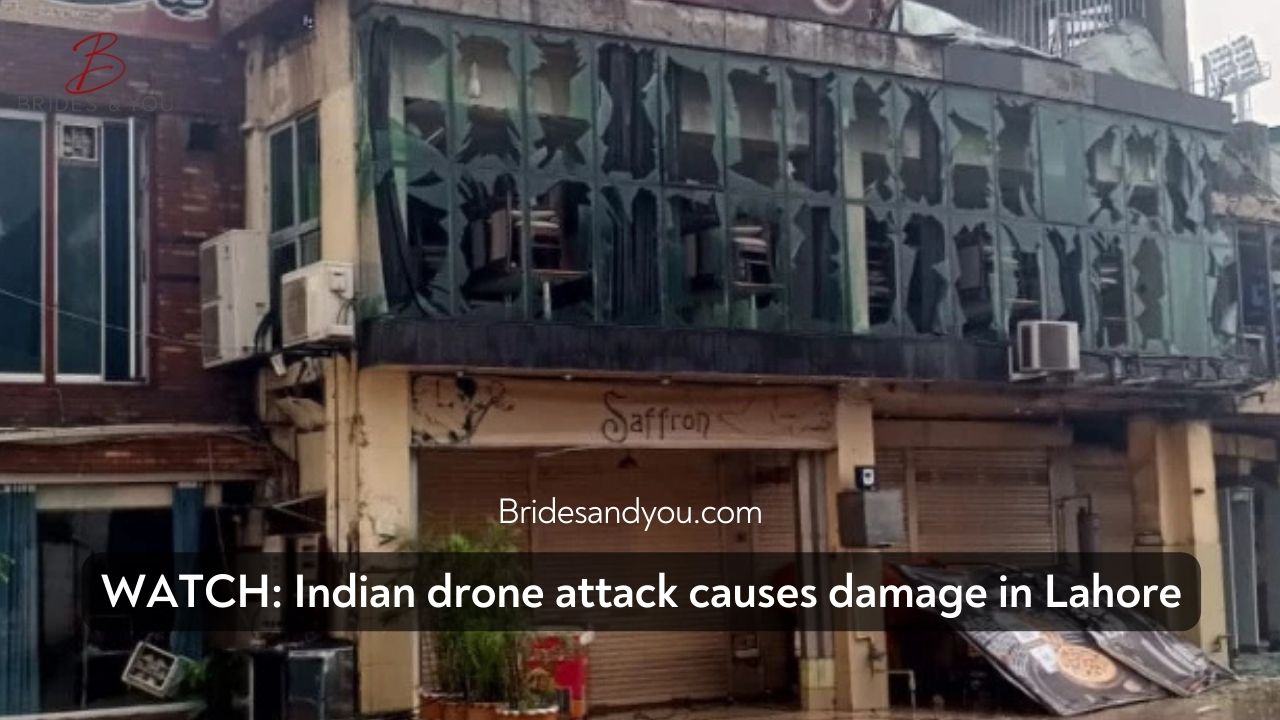The Indian drone strike in Lahore marks a significant escalation in ongoing hostilities between India and Pakistan. The attack, which occurred near a military facility, left four Pakistan Army personnel injured and caused partial damage to strategic military equipment. This aggressive move by India was met with a swift and forceful response from Pakistan’s armed forces.
According to the Inter-Services Public Relations (ISPR), this drone strike was part of a broader series of attacks in which Indian forces launched a total of 25 Israeli-made Harop drones over Pakistani territory. The ISPR noted that this pattern of drone activity, particularly around major cities like Lahore, Rawalpindi, Bahawalpur, and Karachi, represents a blatant violation of Pakistani sovereignty and airspace integrity.
Pakistan Downs 25 Indian Drones: Advanced Defense Systems Deployed
In retaliation to the Indian drone strike in Lahore, Pakistan’s armed forces swiftly deployed advanced electronic warfare and air defense systems. A combined strategy of “soft-kill” (electronic jamming) and “hard-kill” (physical interception) methods was used to neutralize the incoming drones.
Most of the drones destroyed were identified as Israeli-manufactured Heron MK 2 and Harop models. The precision with which Pakistan responded demonstrates not only its preparedness but also its commitment to safeguarding its territory. The military’s robust counter-drone capabilities successfully prevented further damage and ensured the safety of civilians in densely populated areas.
WATCH: Indian drone attack causes damage in Lahore
ISPR: India’s Drone Escalation Reflects Panic After May 6 Retaliation
In a press briefing, Major General Ahmed Chaudhry, representing the ISPR, stated that India’s increased drone activity is a sign of panic. He linked the recent escalation to Pakistan’s retaliatory strikes on May 6, which reportedly led to the downing of five Indian fighter jets and several surveillance drones.
“The launch of 13 drones within 48 hours, targeting key regions like Lahore, suggests India is acting out of desperation following its losses,” said Gen Chaudhry. He also emphasized that Pakistan’s armed forces are on high alert and prepared to respond to further aggression.
Civilian Casualties in Sindh Amid Continued Drone Threat
Beyond military targets, the drone conflict has tragically impacted civilians. In a separate incident in the Miano area of Sindh, one civilian was killed and another seriously injured due to ongoing drone activity. Gen Chaudhry strongly condemned what he described as “persistent and reckless provocations” by India, highlighting the humanitarian risks of such tactics.
The international community has been urged to take notice of the situation, as the use of Israeli-origin drones by India continues to stir controversy and concern over regional stability.
Flight Operations Resume Across Major Cities
Despite the tense security environment, the Pakistan Airports Authority (PAA) announced the resumption of flight operations in major cities including Lahore, Islamabad, and Sialkot. Temporary suspensions had been put in place earlier to ensure civilian safety amid fears of further drone intrusions.
Saifullah Khan, a spokesperson for the PAA, confirmed that “all airports are now available for flight operations” and advised passengers to maintain communication with their airlines for the latest updates.
Conclusion: Growing Drone Warfare Threat in South Asia
The Indian drone strike in Lahore has intensified concerns about the evolving nature of modern warfare in South Asia. With both nations equipped with advanced drone technologies, the risk of further escalation looms large. Pakistan’s effective interception of 25 Indian UAVs showcases its defense readiness, but the region remains on edge as tensions persist.
It is crucial for international actors to monitor this volatile situation and encourage diplomatic dialogue to prevent further military and civilian casualties.

